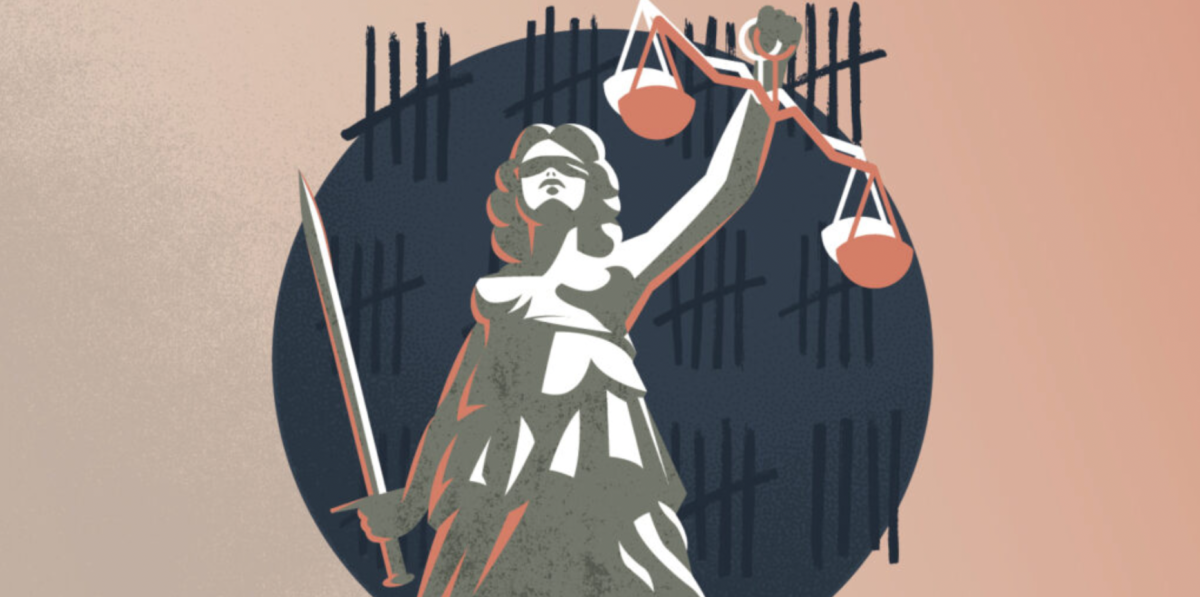New York has had 347 exonerations since 1989, according to the National Registry of Exonerations. But of that number, 157 people had their criminal convictions overturned in the Empire State between 2014 and last year. Many of these cases of innocence have come to light after investigations by pioneering conviction review units, such as one unit housed in the Brooklyn District Attorney’s Office. And it was in New York, where the Innocence Project, a non-profit group that uses DNA evidence to detect wrongful convictions, was founded in 1992.
Importantly, New York State leads the country in another important metric: it has no cap on compensation for wrongfully convicted people who file a claim up to two years after being exonerated. Before exploring the different policies and cases in New York, it is vital to understand the key terms used throughout this article. A wrongfully convicted person is convicted for a crime they did not commit. In the context of this piece, an exoneree is a person who has been cleared of all prior wrongful convictions. One of the most obvious cases for this topic would be the “Central Park Five,” a group that was wrongfully convicted for the assault of a female jogger in Central Park. Although this is a well-known case, it is certainly not the only one.
The wave of wrongful convictions that have come to light in recent years, like the Central Park Five, has become a widely discussed topic among the general public. “That sucks. To be in prison for something you did not do,” said Cheryl Coles, a Brooklyn resident. Agreeing is Cynthia Turner, also of Brooklyn, who pointed to wrongful convictions that resulted from witness identification and the handling of photo lineups by law enforcement. “Sometimes the cops try to trick you. A lot of times the cops don’t know what’s right. […] It’s like pushing, ‘This is the guy right? This is the guy you see, right?’ That’s it.”
A number of wrongful convictions have been tied to Louis N. Scarcella, a former NYPD detective who continues to be investigated for witness tampering and the falsification of evidence, allegedly all to incarcerate more people and add to his stellar reputation. Scarcella has denied all allegations of dishonest practices. Nearly 20 people have had their convictions dismissed with the ongoing investigation of Scarcella. These dismissals have resulted in tens of millions of dollars spent by the State of New York to settle with those who have been falsely incarcerated for years. Among them is Brooklyn native Derrick Hamilton, who was wrongfully imprisoned for 23 years for a murder he did not commit.
While incarcerated, Hamilton invested significant time in the prison’s legal library. There, he built his own case and learned how to challenge his conviction. Hamilton eventually succeeded in appealing his case. After 23 years, Hamilton was released on parole in 2011 before being exonerated in 2015. And while Hamilton was paid $7 million in restitution, he continues to fight as a co-founder of the Brooklyn-based advocacy group Families and Friends of the Wrongfully Convicted. As Qion Reviero of Brooklyn, NY stated: “I don’t think there’s any amount of money that can replace […] the amount of time taken away from his [Hamilton’s] life.”
“As long as there’s an opportunity for anyone who’s wrongfully convicted to have a voice, I think it’s a good thing.” Reviero of Brooklyn clarified that prisoners should have widespread access to ways to challenge their incarceration. Recently, the New York State legislature has been considering passing a bill (Bill #A2878A) that provides wrongfully convicted individuals with an easier path to challenging their imprisonment. Critics argue that such a law would also bring cases with false claims of innocence to the courts. Currently, the bill has passed the Assembly and the Senate. As of the writing of this article, the bill is still alive and has the unanimous support of the Democratic bloc. The only opposition the bill could potentially face would come from the governor’s office, where Kathy Hochul has not made any official statement on the proposed legislation. One thing remains key: the prisoners who want to be exonerated need to “clearly and convincingly” prove their innocence to access the compensation, even if it is now easier to initiate the process. After being exonerated, innocent persons in New York face their own deadlines in the courts. Falsely incarcerated people have two years to make their compensation claim.
While it may seem utopian that New York has no cap on payouts to exonerees, advocates note that it is still the judge who ultimately has the final say as to how much money is given to the exoneree. Other states like Florida, for example, leave that power to the legislature. The enormous power that judges hold can be seen as an invisible cap, with their discretion dictating the future financial stability of the exoneree. In reality, what is the adequate amount for a falsely incarcerated person? That is the ultimate question the legal system is collectively struggling to answer as compensation figures vary wildly from state to state. For the richest state in the United States, what is the price of justice?
Sources:
Exonerations By State Report: Wrongful Conviction Statistics in the US
Exoneree Compensation in New York – Innocence Project
Review of 50 Brooklyn Murder Cases Ordered – The New York Times
Falsely Imprisoned for 23 Years: Now He’s Received $7 Million – The New York Times
NY State Assembly Bill 2023-A2878A
NY lawmakers vote to make it easier to challenge wrongful convictions – Gothamist












